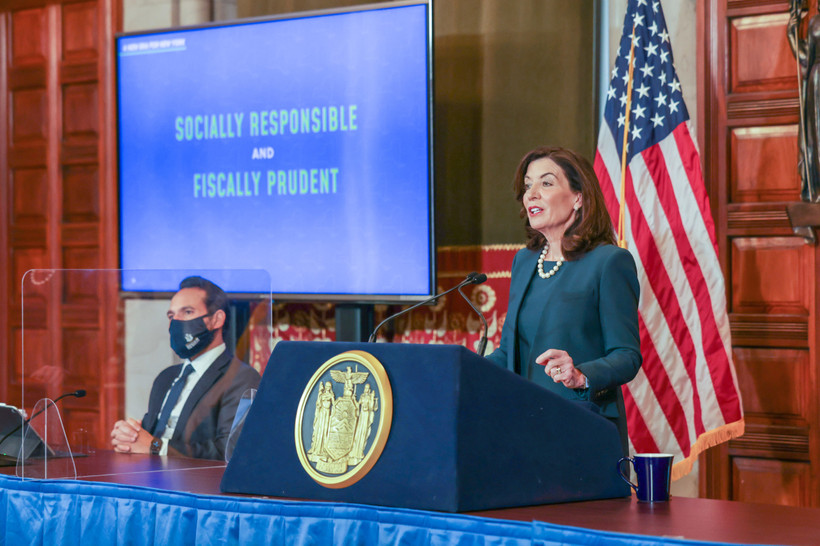Hochul Opposes Rental Voucher Program On Basis of Inflated Cost Estimate, Sources Say
The legislature wants to spend $250 million to combat homelessness. Hochul says it’ll actually cost $6 billion.

The legislature wants to spend $250 million to combat homelessness. Hochul says it’ll actually cost $6 billion.


The disclosures included over a dozen missing or incomplete reports covering a period of more than four years.
Years of shortages have led to a staggering problem across the state, with few solutions on the horizon.
Here are the five topics we’re watching with the elections less than three weeks away.
Hundreds of Child Victims Act cases have been filed against New York schools, some over accused serial offenders that could leave districts with tens of millions of dollars in liability.
No state pursues workers for overpaid unemployment benefits as aggressively as New York. A proposed reform is colliding with New York’s own repayment problem.
A quarter of lawmakers in Albany are landlords. Almost none of them are covered by the most significant tenant protection law in years.
A newly discovered 80-page housing package would have included good cause eviction, but legislators were dissuaded by Kathy Hochul’s opposition.
For tenants in the first upstate city to adopt rent stabilization, benefiting from the law’s basic protections is an uphill battle.
Advocates charge that New York’s restrictions for sex offense registrants are “vague, expansive, and unnecessary.” On Tuesday, they filed a federal lawsuit to strike them down.